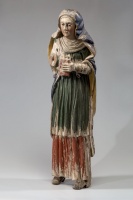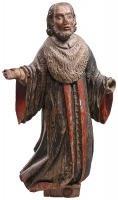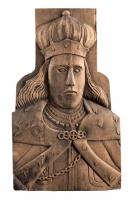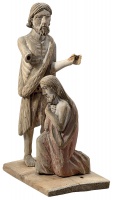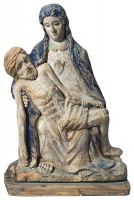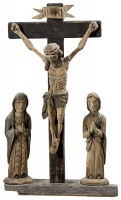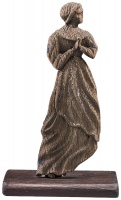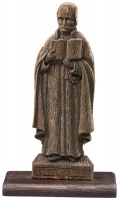
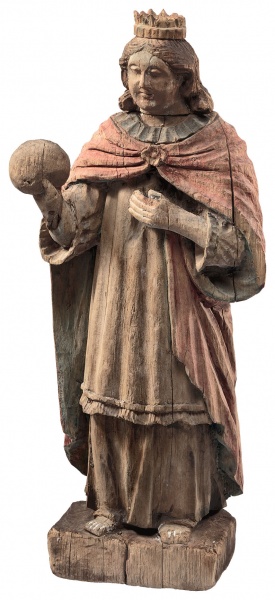

St Agatha
| Author: |
Unknown artist |
| Created: | 19th century |
| Material: | wood |
| Technique: | carving, colour paint |
| Dimensions: | 58 × 27 cm |
Žemaitija
This sculpture represents St Agatha, a virgin martyr, who lived in the third century in Catania in Sicily. According to the story, she was a Christian who rejected the approaches of a Roman consul, and was therefore cruelly tortured. Her breasts were cut off. St Agatha’s death was marked by an earthquake, and a year later there was an eruption of Mount Etna; but the shroud of the saint miraculously stopped the flow of lava, and saved the residents of Catania.
The unknown folk sculptor carved a precise image of St Agatha. She is splendidly dressed in a long dress and tunic, wrapped in a cloak and wearing a crown, showing her noble descent. Her special attribute in folk sculpture is a loaf of bread, which is quite large and discernible here, emphasised by the saint holding it in front of her. In her other hand there probably used to be a palm, a symbol of martyrdom.
In Lithuania, St Agatha is considered the patron saint of fire and a protector from fires. Agatha Bread is blessed in churches on St Agatha’s Day on 5 February. It is believed to provide protection from fire, and to help extinguish fires quickly when they broke out. It is also believed to protect livestock from illness, to cure people, to increase the harvest, and to protect people from evil spirits. This is why bread is one of the main attributes of St Agatha in Lithuanian folk sculpture. A plate with pincers and her excised breasts, frequently seen in religious iconography, are not found in Lithuanian folk sculpture..
Text author Skaidrė Urbonienė
Source: Law firm Valiunas Ellex art album HEAVEN AND BEYOND (2016). Compiler Dalia Vasiliūnienė. Text authors Dalia Vasiliūnienė, Skaidrė UrbonienėExpositions: “Heaven and Beyond. Works of religious art from the collection of Rolandas Valiūnas and the law firm Valiunas Ellex“, 31 May–24 September 2016, Church Heritage Museum, Vilnius (curators Dalia Vasiliūnienė, Skaidrė Urbonienė)







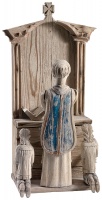
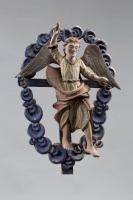
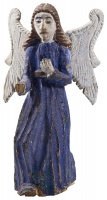
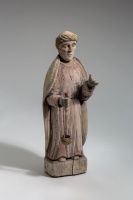
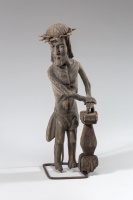


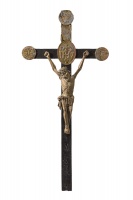
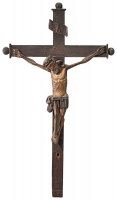

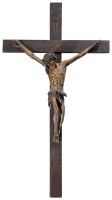

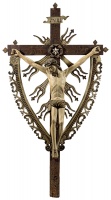


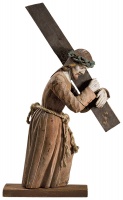
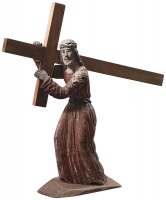






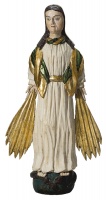

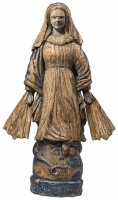
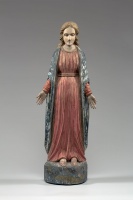
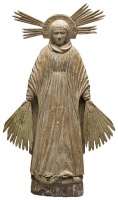




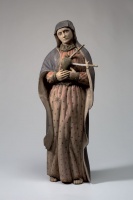






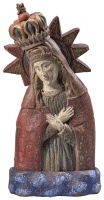


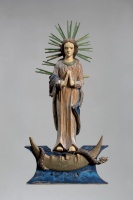



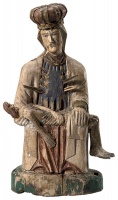
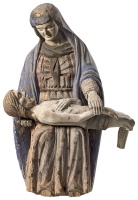
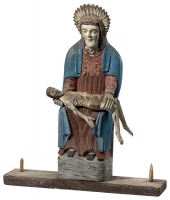

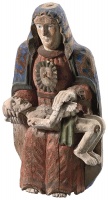
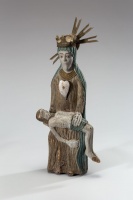
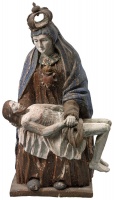
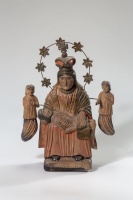



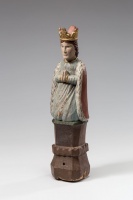
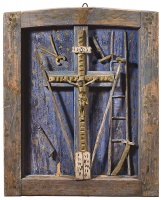
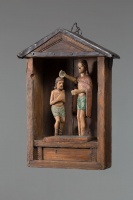
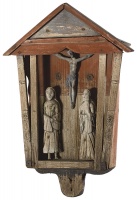
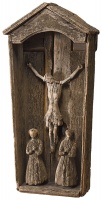

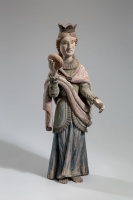



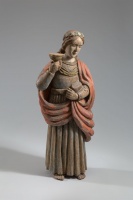

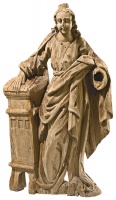
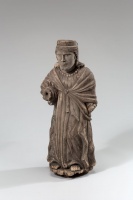
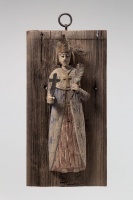

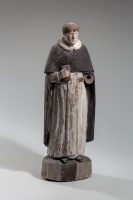



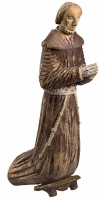

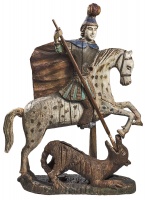









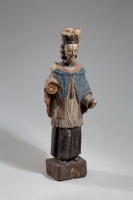



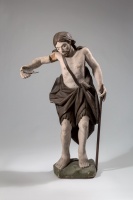
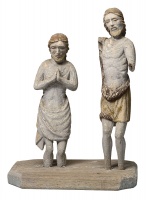



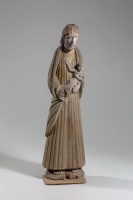
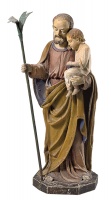
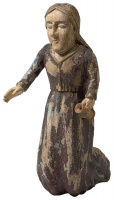
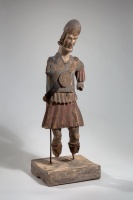
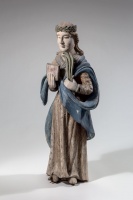

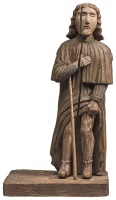



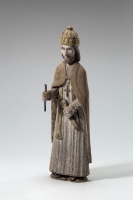





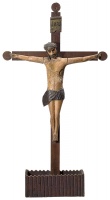




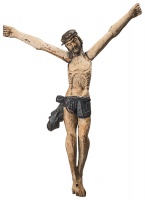
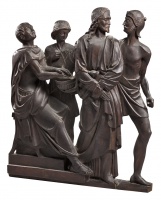

_kat.jpg)
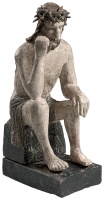







.jpg)
